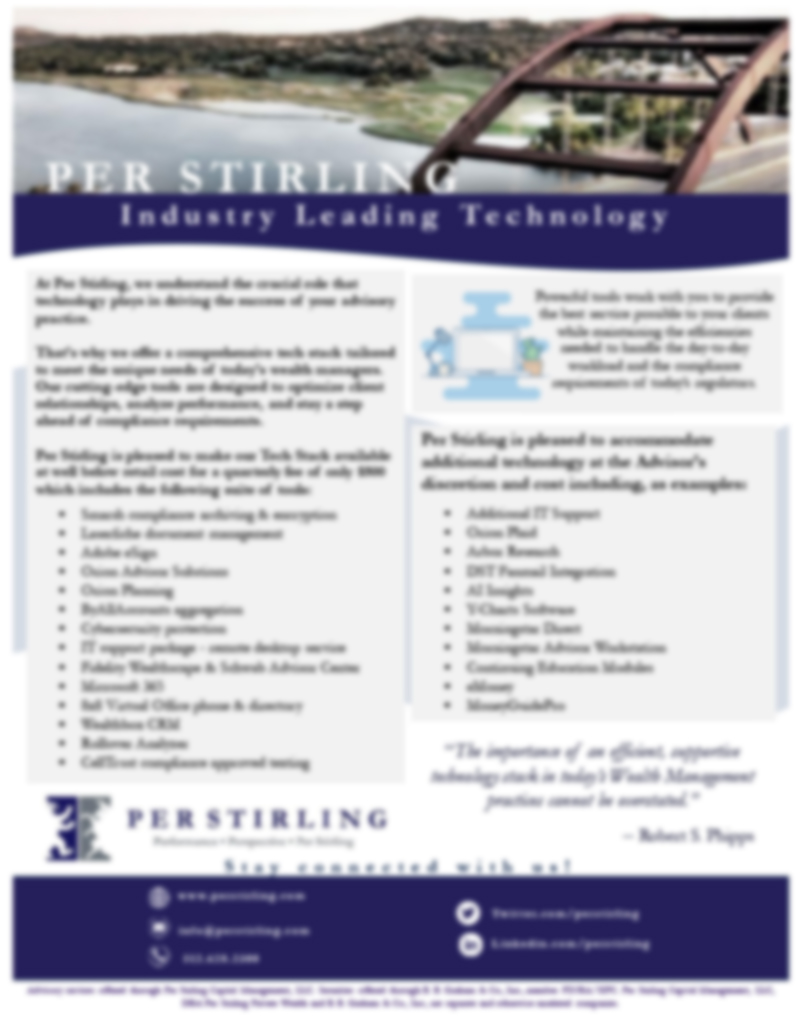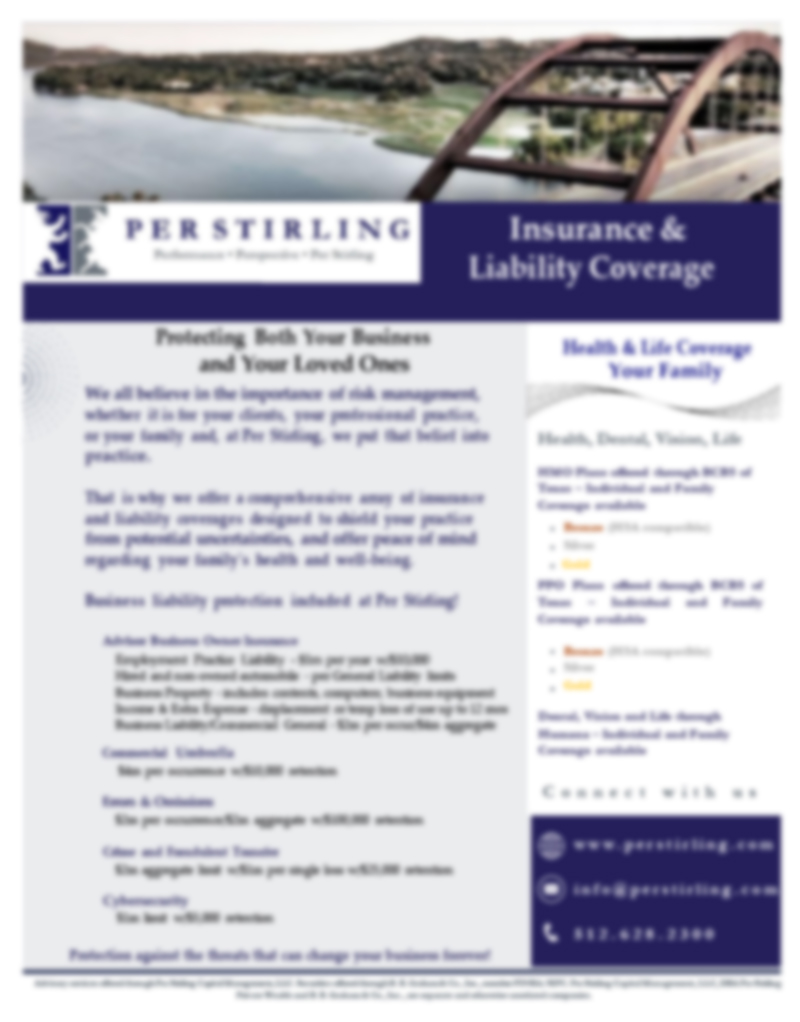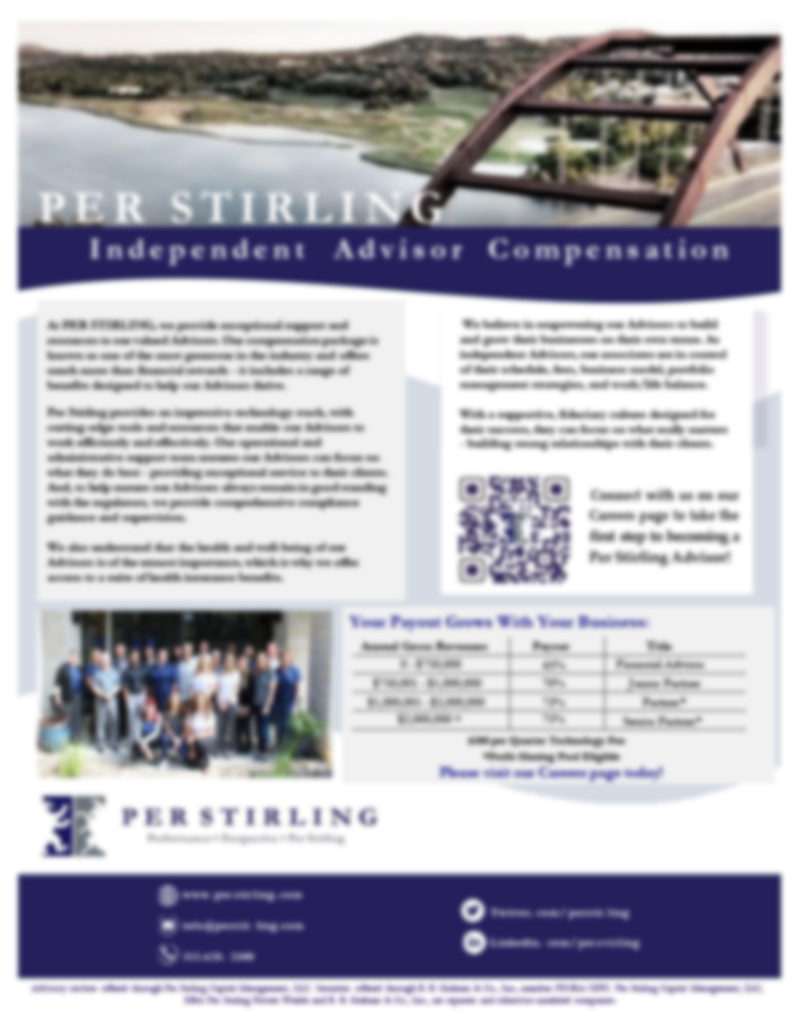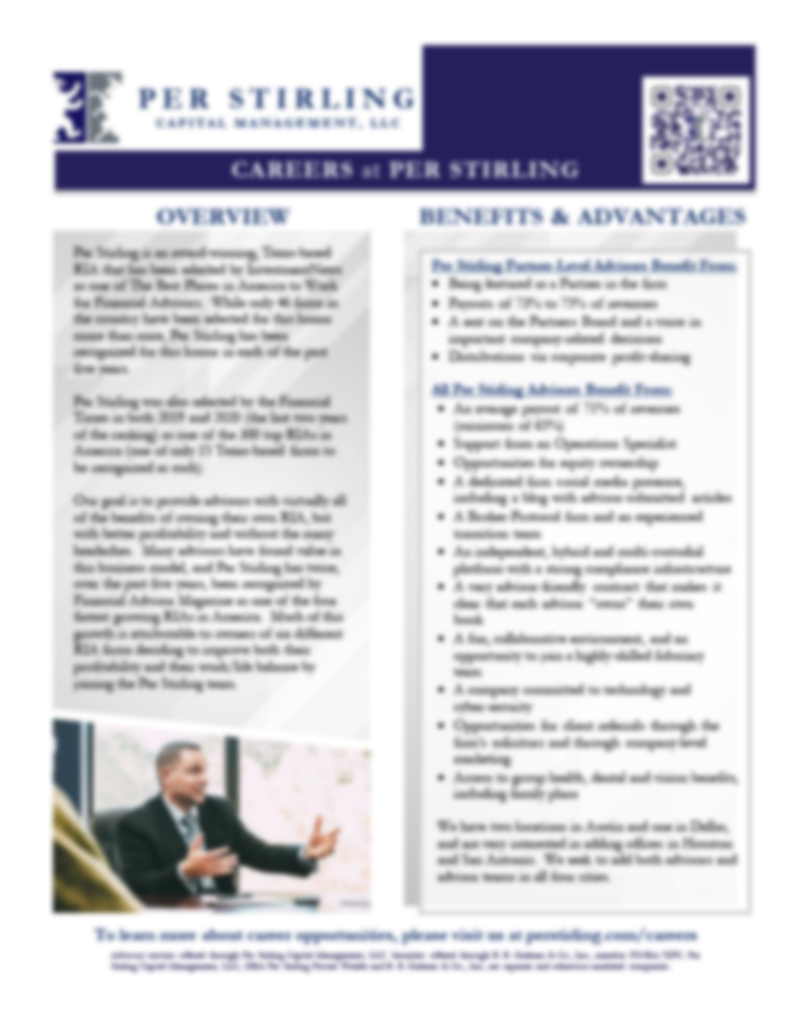08
OctoberUnderstanding the Retirement Gap: What It Is and How It Might Affect You
Does your idea of an ideal retirement include globetrotting, visiting family, moving to a warmer climate, or something else entirely?
As you envision the goals for your golden years, it’s important to make sure you have the financial wherewithal to pursue them. Otherwise, your expectations and reality might not align. In the world of finances, this is called a retirement gap. It’s when the money that you have accumulated to retire falls short of what you need to enjoy a fulfilling retirement.
To avoid surprises, you can use tools to estimate your retirement income. These include your 401(k), pension, Individual Retirement Accounts (IRAs), and Social Security, plus any additional savings and investments. As you crunch the numbers, remember that online tool estimates won’t reflect your lifestyle habits. That’s where an honest assessment of your current assets and goals can really help.
Retirement can be exciting and rewarding, especially if you’re financially prepared. Understanding the retirement gap and how to proactively plan ahead can ease your worries and concerns about not having enough cash to pursue your dreams. Taking into consideration the future impact of inflation is a particularly important part of this process, as inflation erodes the future purchasing power of your savings.
If you need assistance with retirement gap planning, a qualified financial professional can guide you through the process. You can also follow these seven steps to help keep you on track to achieve your goals.
Worried You Won’t Have Enough Saved for Retirement? 7 Ways to Help Fill the Gap
Do you think retiring on $1 million is a realistic goal? With careful planning to avoid a retirement gap, your goals can remain within reach. Knowing the numbers it takes to get there can provide a better idea of what you might need.
According to a Schroders Retirement Survey, Americans think they’ll need around $1.2 million to pursue their retirement goals. However, this suggests the existence of a massive future retirement gap, as 46% of respondents expect to retire on less than $500,000 and 23% expect to have less than $250,000. Just 29% believe they’ll ever reach the $1 million mark.
If you’re short of your financial goals, you’re not alone. It can feel overwhelming to realize that the trajectory of your retirement path doesn’t align with the numbers. Delaying retirement is one option. But, if you’d rather swap the office for a beach sooner rather than later, here are some other ways to pursue filling the retirement gap without sacrificing your biggest goals.
Max Out Your 401(k)
Saving early and consistently is one of the most effective ways to maximize your 401(k) and minimize a potential retirement gap. You can also take advantage of employer matches, automate contributions, gradually increase contributions, and be aware of changing contribution limits to boost your savings. Since a 401(k) is a tax-advantaged plan, you can grow your investments tax-deferred over decades.
Open an IRA
If you’re self-employed and don’t have access to traditional 401(k) savings accounts, an IRA is a solid alternative. This long-term, tax-advantaged savings account can have retirement-friendly tax advantages. Here are the three common IRA types to help close the retirement gap:
– Traditional: Contributions can be tax-deductible, and earnings may grow tax-deferred until retirement. If you’re in a lower tax bracket in retirement, any tax-deferred money may be taxed at a lower rate.
– Roth: In this tax-advantaged account, your contributions are taxed, but your future withdrawals are tax-free. However, withdrawals may be subject to taxes if you don’t adhere to all I.R.S. requirements.
– Rollover: You can contribute money that’s rolled over from a qualified retirement plan. Eligible assets can be part of an employer-sponsored plan, such as a 403(b), 401(k), or IRA.
How to Save for Retirement
To help minimize the retirement gap, it often makes sense to “max-out” your retirement plan options first, and then supplement your savings through non-retirement accounts.
As a general rule, it is prudent to consider the use of stocks and other growth investments when you are younger and have more time before retirement (and have plenty of time to recover from any market-related losses), and then to increasingly transition towards a greater reliance on more conservative investment/savings vehicles, like fixed income investments, money markets and C.D.s, as you approach retirement.
Consider Investing In ETFs or Mutual Funds
Planning for your golden years comes with unique opportunities and challenges, some of which can be addressed by investing in exchange-traded funds (ETFs) or mutual funds, which can provide the benefits of diversification and even, in many cases, professional management. Both are managed pools of individual securities, including stocks and/or bonds, and are subject to market risks. If there’s a dip, your hard-earned retirement savings can take a hit.
ETFs typically have lower fees than mutual funds, which can keep more money in your pocket, and can be either actively-managed or based on a passive index. They also offer greater liquidity and tend to be more tax-efficient than mutual funds. While mutual funds are generally pricier than ETFs, some investors do prefer them. Like ETFs, mutual funds can be either actively-managed or designed to track a passive index like the Standard & Poor’s 500 Index (the S&P 500).
Make Money With a Rental Property
A rental property can provide a steady stream of income when you retire, as long as the rent received exceeds the cost of mortgage payments, utilities, property taxes, and maintenance expenses. Such a cash cushion can help to close your retirement gap. Remember that you must report income if you rent your house for 14 days or more.
Delay Social Security
Delaying your Social Security benefits can give your retirement income a boost. Postponing the start of your benefits beyond the full retirement age (67, according to current guidelines), can boost your monthly benefit for each year of deferral (up until age 70).. This extra cash can provide greater inflation-adjusted income so you can worry less about outliving your savings and experiencing a retirement gap.
If you’ve fallen behind on your retirement savings, delaying Social Security can be part of your catch-up strategy. You may also consider moving to a lower-cost-of-living area, taking a second job, or delaying retirement to further build your retirement savings.
Find Professional Guidance
Effectively closing the retirement gap takes more than a bit of luck. Even after you design a custom retirement plan, you’ll need to regularly review and adjust it to stay on track with your goals. A financial advisor can help guide you through this process.
So, how can a financial advisor help you close a retirement gap? They can guide you through retirement planning, investment strategies, and even accounting for taxes and inflation, to help you make informed decisions. Many advisors will also monitor your portfolio and make adjustments as needed to help minimize any retirement gaps.
While it’s possible to crunch the numbers yourself, closing a retirement gap can require experience and knowledge. The following data helps put the retirement gap challenge into greater perspective:
– Only 42% of Schroders survey participants work with a financial advisor.
– At least 59% wish for more guidance from their employer on investment strategies.
If you want to maximize savings and live the retirement you deserve, closing the retirement gap is a crucial step. Our experienced team will help guide you through this process and answer questions to help you make informed decisions.
Ready to Close the Retirement Gap with Guidance from Per Stirling?
Planning your retirement can be an exciting and emotional milestone. Like most clients, you’re probably dreaming of having more free time to pursue what you love. The team at Per Stirling offers a realistic approach to help align your expectations with reality by considering your potential retirement gap. If a deficit exists, we’ll help build a trusted plan to fund your retirement objectives, while monitoring and adjusting your savings to help you stay on track with your biggest goals.
If you need help navigating and closing the retirement gap, we invite you to seek professional financial advice at Per Stirling. We’re ready to help preserve and manage your financial affairs with knowledge and confidence.
Need retirement gap guidance? Contact us today to take proactive steps toward a comfortable retirement.
This content has been reviewed by FINRA. Prepared by Broadridge Advisor Solutions. © 2024 Broadridge Financial Services, Inc.
Work Cited:
– Manganaro, John. “Here’s How Much Americans Think They’ll Need to Retire: Survey”. ThinkAdvisor. “https://www.thinkadvisor.com/2024/06/25/heres-how-much-americans-think-theyll-need-to-retire-survey/”
– Holmes, Tamara. “Pros and Cons of Owning a Second Home in Retirement”. AARP. “https://www.aarp.org/retirement/planning-for-retirement/info-2021/pros-and-cons-of-second-home-ownership.html”
-SSA.gov. “https://www.ssa.gov/benefits/retirement/planner/delayret.html#:~:text=Social%20Security%20retirement%20benefits%20are,when%20you%20 reach%20 age%2070”
This material is for general information and educational purposes only. Information is based on data gathered from what we believe are reliable sources. It is not guaranteed as to accuracy, does not purport to be complete and is not intended to be used as a primary basis for investment decisions. It should also not be construed as advice meeting the particular investment needs of any investor.
Nothing contained herein is to be considered a solicitation, research material, an investment recommendation or advice of any kind. The information contained herein may contain information that is subject to change without notice. Any investments or strategies referenced herein do not take into account the investment objectives, financial situation or particular needs of any specific person. Product suitability must be independently determined for each individual investor.
Neither Asset Allocation nor Diversification guarantee a profit or protect against a loss in a declining market. They are methods used to help manage investment risk.
You are encouraged to discuss rolling money from one account to another with your financial advisor/planner, considering any potential fees and/or limitation of investment options.
Please consider the investment objectives, risks, charges, and expenses carefully before investing in Mutual Funds or ETFs. The prospectus, which contains this and other information about the investment company, can be obtained directly from the Fund Company or your financial professional. Be sure to read the prospectus carefully before deciding whether to invest.
Past performance is no guarantee of future results. The investment return and principal value of an investment will fluctuate so that an investor’s shares, when redeemed, may be worth more or less than their original cost.
The Standard & Poor’s 500 (S&P 500) is an unmanaged group of securities considered to be representative of the stock market in general. It is a market value weighted index with each stock’s weight in the index proportionate to its market value.





